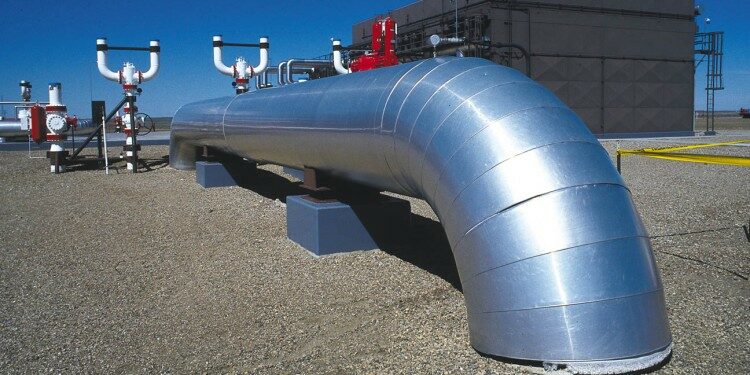In news
New unified natural gas pipeline tariff regulations notified by Petroleum and Natural Gas Regulatory Board (PNGRB) will likely face legal challenges due to the impact on existing agreements between suppliers and consumers of natural gas.
Key highlights of the regulations
- The new regulations mark a shift from the existing system which charges consumers based on the distance from the source of gas and the number of pipelines used to a proposal involving a unified gas tariff system, with one tariff for gas transported within 300 km and another tariff for gas transported beyond 300 km from the source of the natural gas.
- According to PNGRB, its move is aimed at reducing the cost of gas transportation for consumers further away from sources of gas, effectively seeks to levy a weighted average tariff of 14 pipelines clubbed as the national gas grid to its users, even if they use only one of these pipelines
- Another complication stems from the fact that four of these 14 pipelines have been handed out after a tariff-based competitive bidding process, with the result that forced changes to the tariff structure now effectively raises question marks over the sanctity of the bidding process, multiple stakeholders indicated.
- There is also the issue of the lack of clarity of settlement matters owing to “the complex revenue settlement” to the pipeline operators, which the regulator has left to be thrashed out by the service providers themselves.
Implications
- The move has faced criticism from a section of stakeholders as one which would lead to consumers closer to sources of gas ending up subsidising those located further away
- The new tariff regulations may lead to a rise in tariff for a majority of users such as steel and fertiliser plants, which could result in an upward revision in the government’s subsidy spend on urea.may lead to a rise in tariff for a majority of users such as steel and fertiliser plants, which could result in an upward revision in the government’s subsidy spend on urea.
- New tariffs would lead to higher costs of gas transportation for industries located near the sources of gas, including LNG terminals on the west coast of India
















